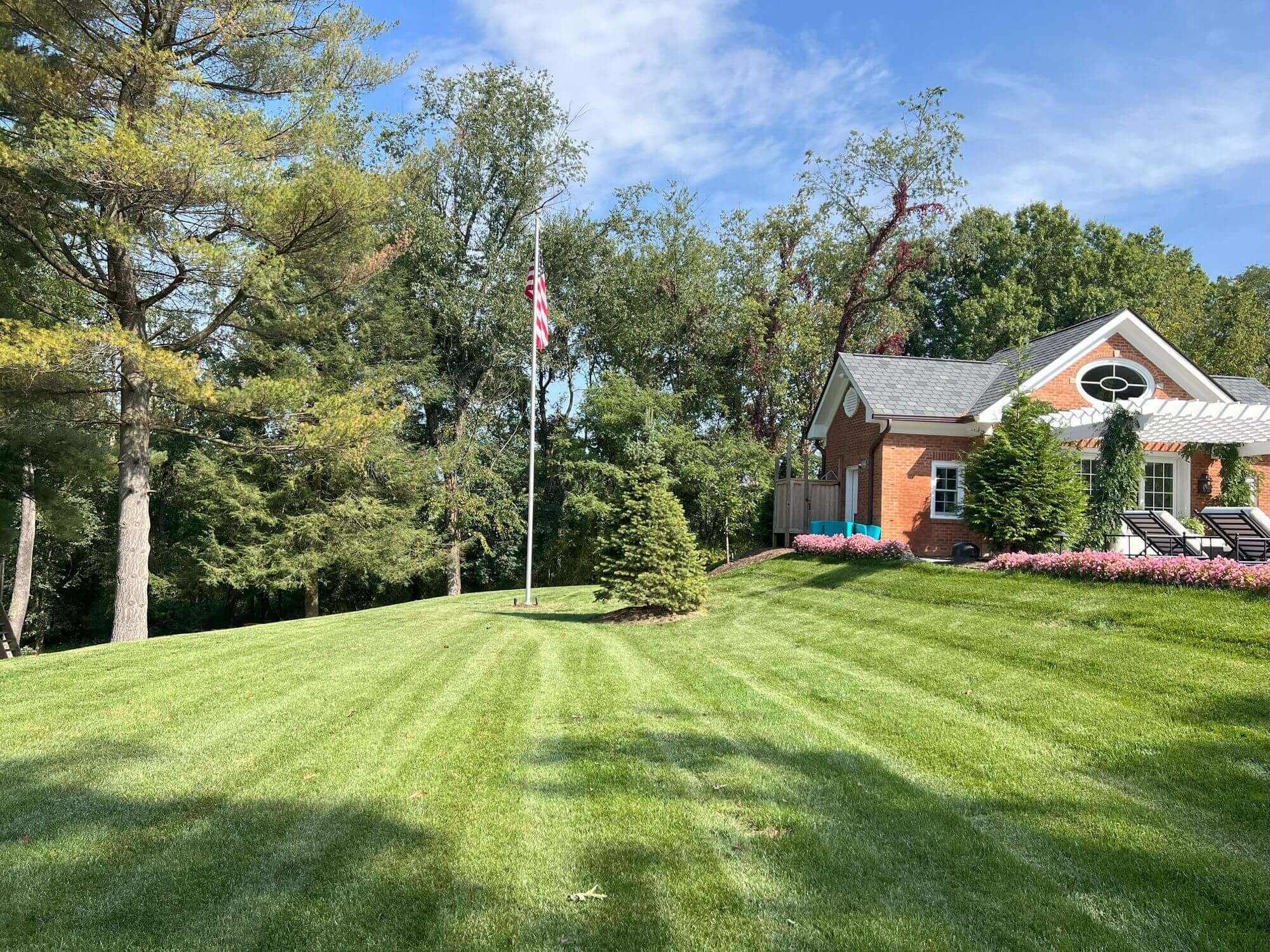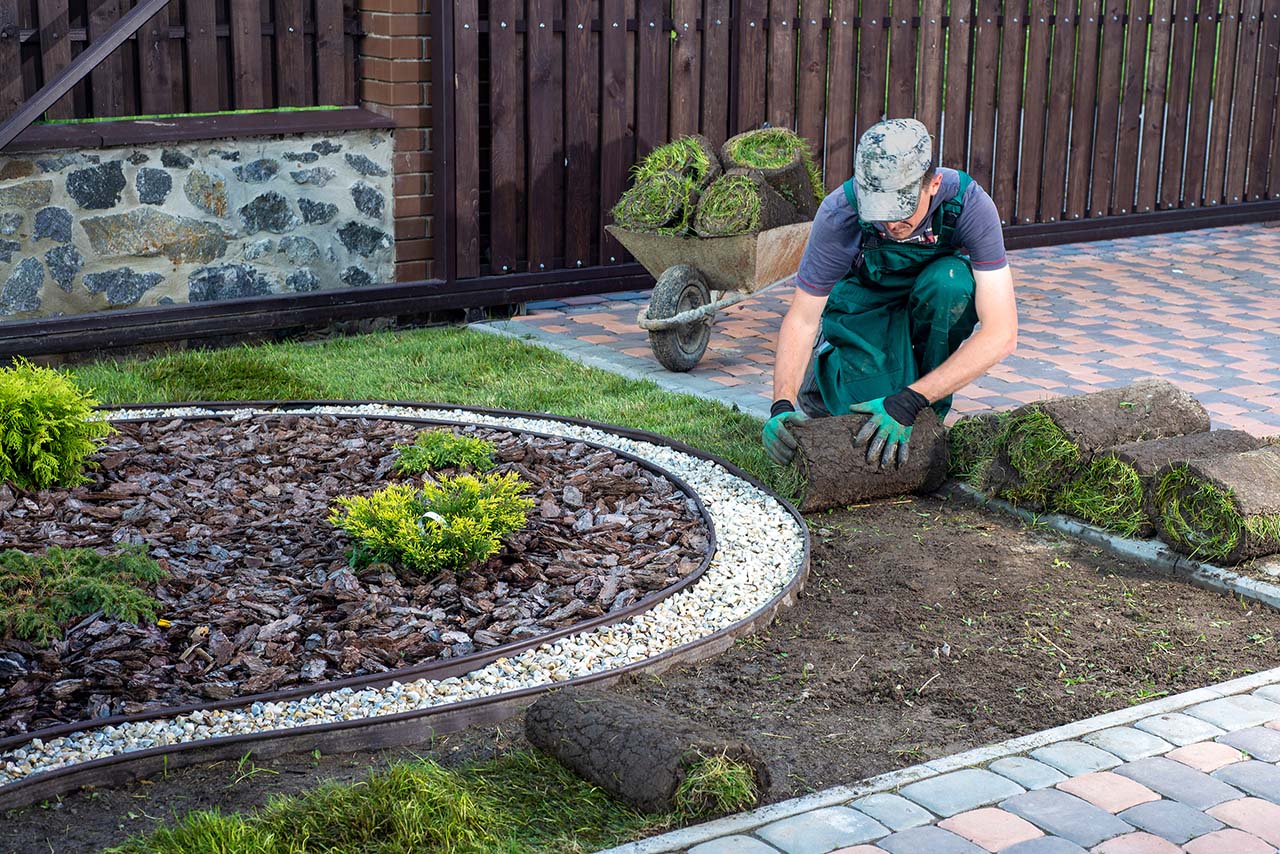Lawn Mowing

The Principles of Professional Lawn Mowing
Professional lawn mowing is more than just cutting grass—it’s a skilled horticultural practice essential to the health, density, and beauty of your turf. When performed correctly, mowing encourages stronger root development, reduces weed pressure, and improves resilience during heat and drought.
Mowing Height & the One-Third Rule
Maintaining the correct mowing height is critical. Following the “one-third rule”—never removing more than one-third of the grass blade at once—helps avoid plant stress. A taller mowing height (typically 3–4 inches for cool-season grasses) encourages:
Deeper Root for better drought tolerance
Weed suppression through canopy shading
Improved moisture retention by reducing soil evaporation
Importance of Sharp Mower Blades
The sharpness of mower blades directly impacts lawn health:
Sharp blades produce clean cuts, allowing grass to heal quickly with minimal stress.
Dull blades tear the grass, causing browning, moisture loss, and increasing the risk of disease.
Consistency & Pattern Rotation
Lawn mowing should follow the rate of grass growth—not just a calendar. Regular mowing keeps grass at its ideal height and prevents overgrowth. Alternating mowing patterns (e.g., diagonal, horizontal) helps:
Prevent soil compaction
Avoid grass blade leaning
Promote upright, uniform growth
Managing Grass Clippings
Mulching is ideal in most conditions, returning nutrients to the soil as the fine clippings decompose.
Bagging may be necessary if the grass is too long, if disease is present, or during seasonal cleanups when leaves or debris accumulate.
Finishing Touches: Trimming & Edging
A professional mowing service isn’t complete without crisp edges and clean lines.
A complete mowing service includes meticulous detail work. After mowing the main areas, trimming is performed around all obstacles the mower cannot reach, such as trees, fences, and landscape beds. Finally, edging creates a clean, vertical line along all hard surfaces like walkways, patios, and driveways. These finishing touches are what create a sharp, clean, and definitively manicured appearance.

